Graceful, Elegant Drawings and Sculptures by Grausman
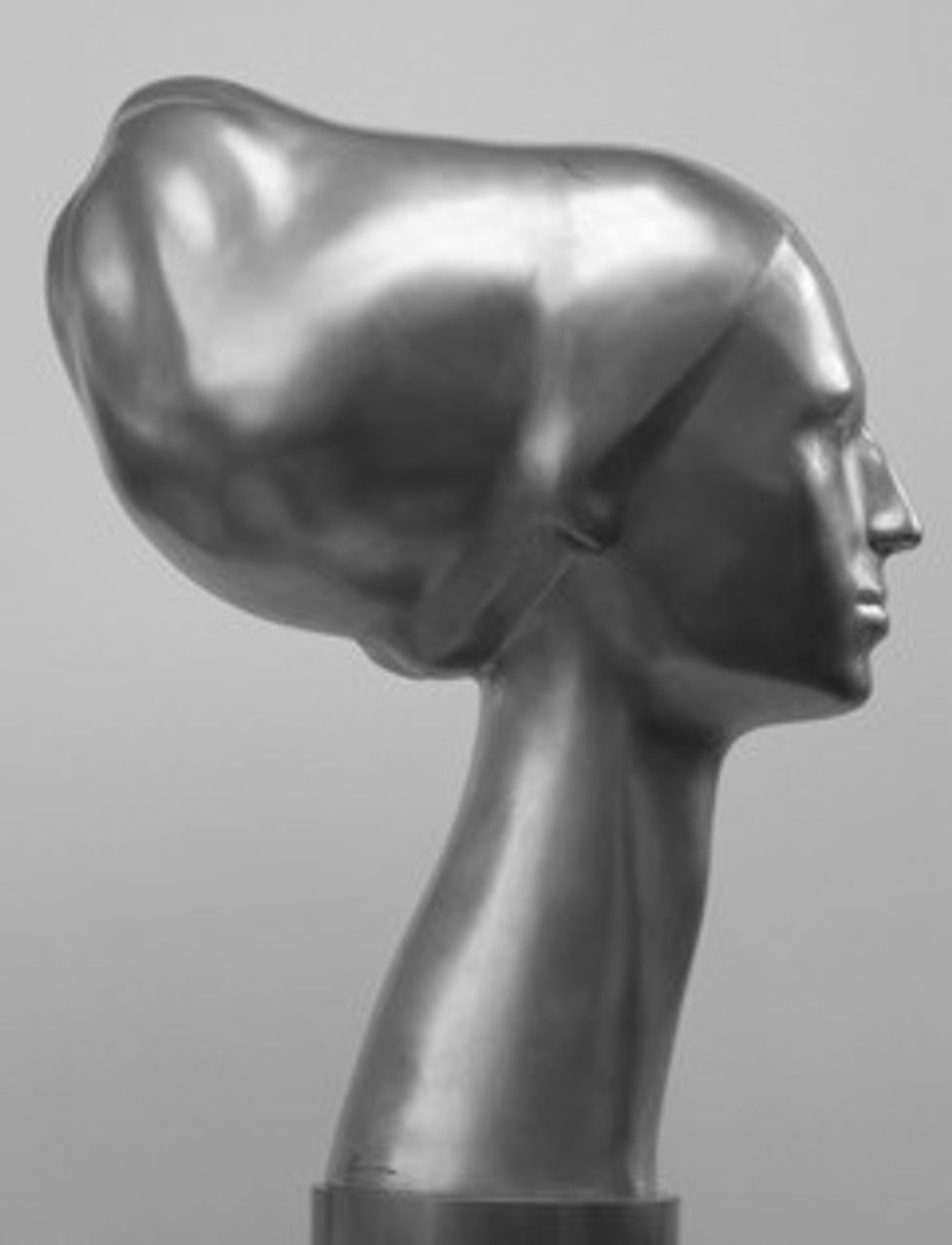
One of the eloquent sculptures. Photo contributed

Portraiture in sculpture has long reflected the aspects of the culture rather than synthesizing the individuality of the subject.
The Egyptians idealized portraits, typified by the bust of Queen Nefertiti, which transcends mortality and depicts the subject without imperfections — a sacred god-like form.
Conversely, Roman sculpted portraits focused on honorific busts highlighting imperfections of flesh, portraying the subject realistically. Known as veristic or naturalistic, this style continues to be practiced and associated with portraiture.
Artist Phillip Grausman breaks the confines of veracity in portraiture to, as he tells us, “… search for an essential distillation of sculptural form.” And it is his investigation of form, hidden geometry, and experimentation with various mediums that make Grausman’s recent exhibition at the Washington Art Association so compelling.
Upon entering “Philip Grausman: Sculpture and Drawings” at the Washington Art Association & Gallery in Washington, Conn., a colossal, pure white head, just shy of 9 feet tall, commands the entrance space of the gallery.
“Mikey,” 1997-98, rendered in fiberglass evokes no emotion. There are no flaws in her skin, her eyes convey nothing. One feels no fellowship with the portrait, but there is an unsettling allure, a seduction to want to caress the work, to bathe in its monumentality and otherworldliness.
Three intimate galleries of Grausman’s work are on exhibit — heads, figures and drawings. Several of the drawings have not been shown before. The work is not arranged chronologically; a curatorial choice that enriches the viewing as one quickly grasps how Grausman’s voluptuously subtle drawings inform his sculpture. Executed in pencil, Grausman captures the essence of a nude with elegance and precision. Easily mistaken for Sumi-e brush stroke painting, it is his sensitivity toward line that Grausman transforms into bronze and stainless steel.
One portrait in bronze stands out as decidedly representational and perhaps jarringly unsentimental. The sculpture is of the actress Linda Hunt (“Linda Hunt,” 1985). Unlike the other heads, she exhibits identifiable human qualities: pouting lips, puffy eyes. On either side of the sculpture are two pencil drawings of Hunt, showing her in a seated position, unguarded and relaxed.
A group of small female bronzes rests on pedestals in the third gallery. “Bending Figure,” 1984 a 16-inch sculpture of a woman bent at the waist, her right leg positioned in a ballet turnout, is endowed with elegance and grace. One feels as if they have looked through a keyhole to see an intimate moment of contemplation.
Grausman has often said that he views his large sculpture as a landscape. One can see the relationship to the elements of a landscape: slope, contour, a streamline horizon, the play of light reflecting off surfaces. Landscape in art helps us connect to the natural world in a way that is both comforting and accessible.
Grausman’s heads do not necessarily connect us to humanity; rather they force us to think about a departure in portraiture that leaves representation behind and embraces a new ideal.
The Washington Art Association & Gallery is at 4 Bryan Plaza, Washington Depot, Conn. “Philip Grausman: Sculpture & Drawings,” closes July 24.
Norfolk fire and ambulance crews responded to a one-vehicle crash on Route 272 (Litchfield Road) shortly after 6 p.m. Friday, Nov. 14.
NORFOLK — A 60-year-old Oregon man is dead after a single-car crash Friday, Nov. 14, according to Connecticut State Police.
Kevin Scott, of Portland, was driving a Ford Escape southbound on Route 272 (Litchfield Road) when he exited the roadway while negotiating a curve and struck a utility pole. The Ford rolled onto its side and the airbags deployed. No other vehicles were involved in the crash and there were no passengers in the car.
Jon Barbagallo, public information officer for Norfolk emergency services, said the roof of the vehicle had to be cut open so first responders could reach the driver. The extrication took about 10 minutes.
Scott was transported by Norfolk Ambulance to Charlotte Hungerford Hospital, where he succumbed to his injuries.
The utility pole snapped at its base.
Anyone with information on the crash is asked to contact Troop B at 860-626-1820.
WINSTED — Holy Cross High School won 36-20 against the Gilbert/Northwestern/Housatonic co-op football team Saturday, Nov. 15.
The hard-fought contest was won in the air. Holy Cross QB Brady Lombardo completed 16/31 passes for 309 yards with five touchdowns and one interception.
GNH pounded the ground game for a total of 209 rushing yards. Cole Linnen, Jaden Hoffman and Trevor Campbell each ran in one TD. Wes Allyn caught an interception on defense.
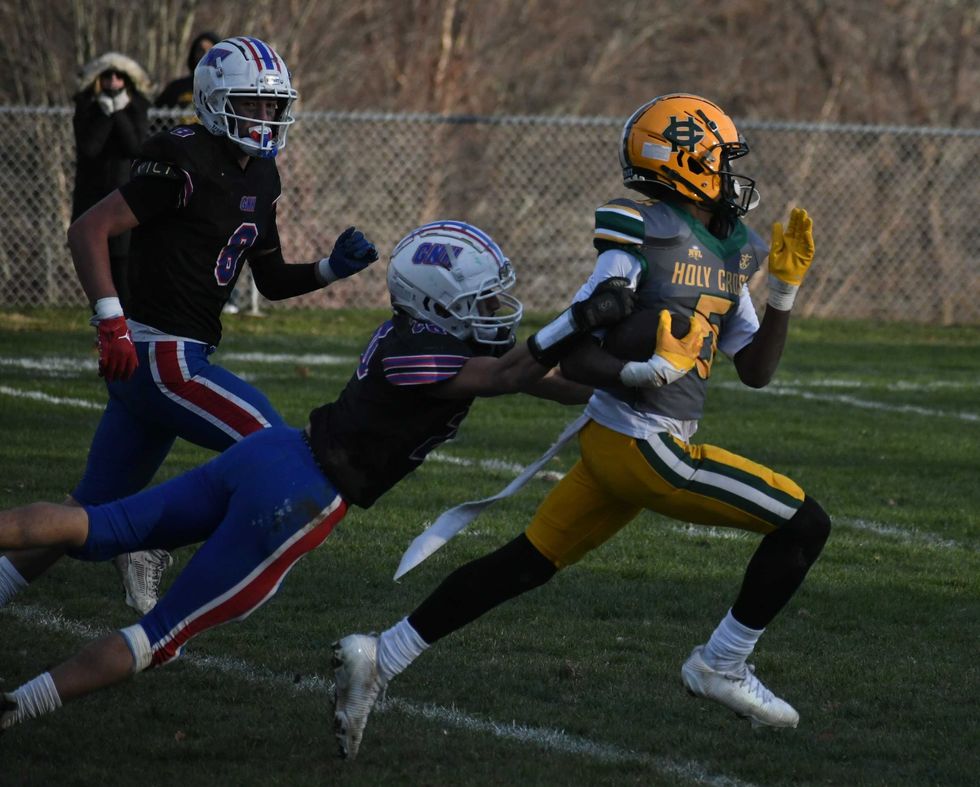
The result did not alter Naugatuck Valley League (Tier 1) standings with Holy Cross (6-3) remaining in third place and GNH (4-5) remaining in fourth place. Seymour and Woodland Regional sit tied at the top with undefeated 9-0 records ahead of their showdown Nov. 26.
GNH scored first against Holy Cross on a seven-yard rush by Jaden Hoffman. Holy Cross responded with three quick reception touchdowns -- two by Dae’Sean Graves and one by Devonne Drake -- before halftime, creating an 18-7 lead at the break.
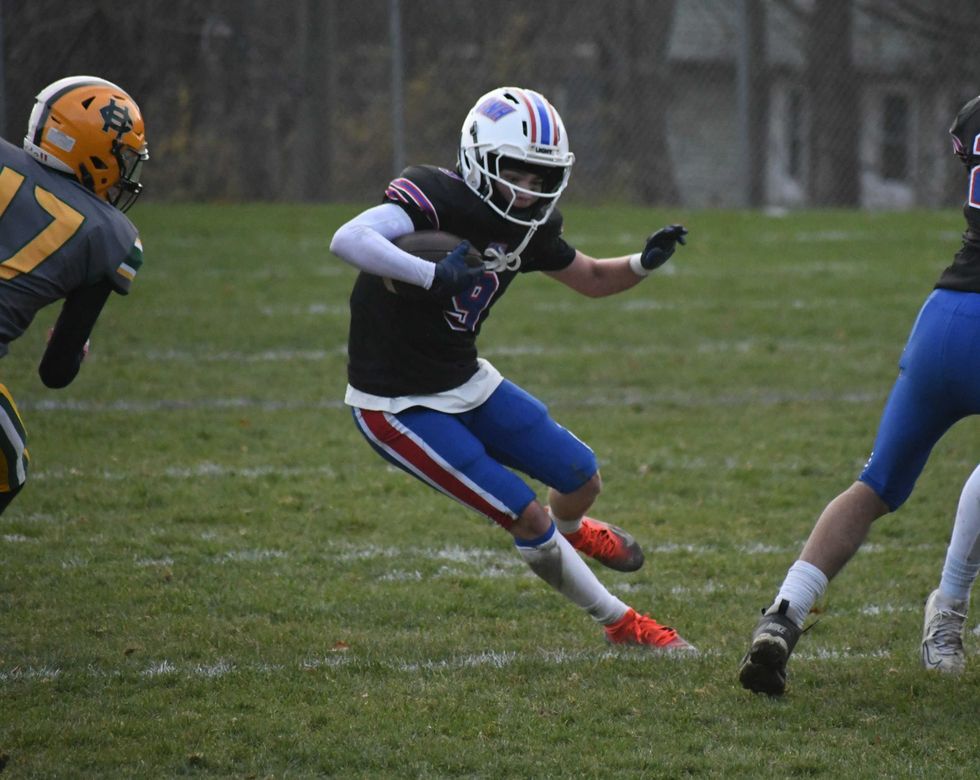
In the third quarter, Trevor Campbell scored for GNH and Nathan Craft scored for Holy Cross.
Holy Cross added two more reception TDs in the final quarter with one by Aaden Hall and another by Drake. GNH’s Linnen scored a 31-yard touchdown run to bring the final score to 36-20.
The final regular season game for GNH will be the Turkey Bowl against St. Paul Catholic High School Wednesday, Nov. 26, at 6 p.m. in Bristol.
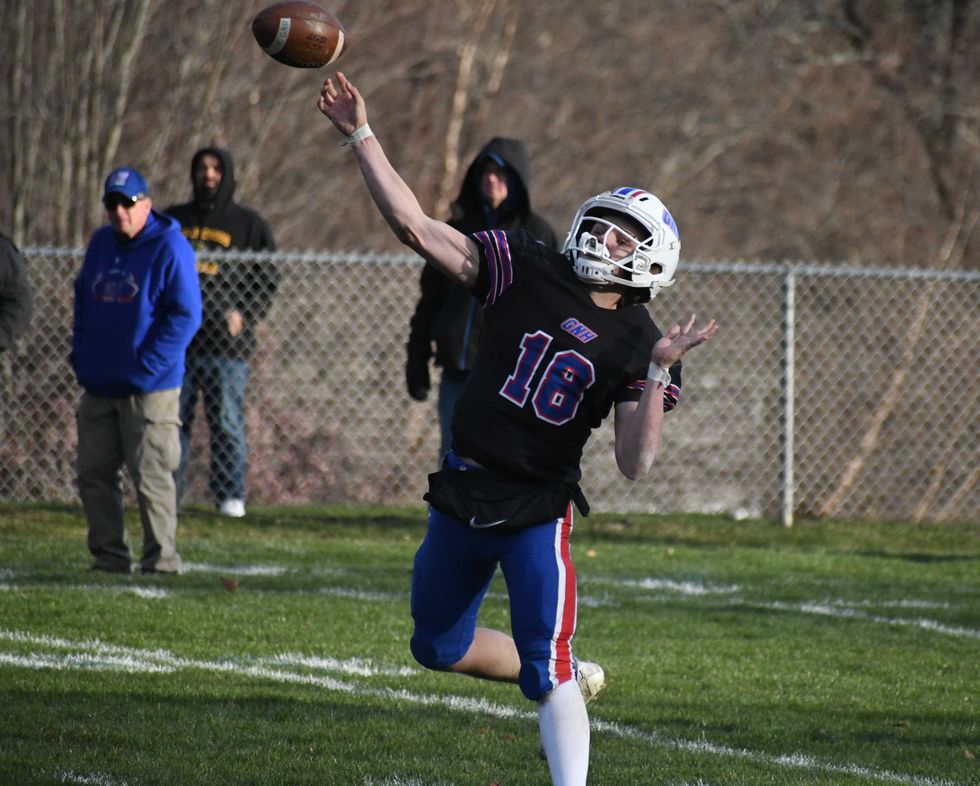
NEWTOWN — Housatonic Valley Regional High School's girls soccer team's state tournament run concluded in the semifinals with a 4-2 loss to Morgan High School Wednesday, Nov. 12.
The final four finish was the deepest playoff push for Housatonic since 2014. Lainey Diorio scored both goals and keeper Vi Salazar logged 10 saves in the semifinal game.
"It's an unfortunate loss but you know they played their hearts out," said HVRHS coach Don Drislane. "Awesome season."
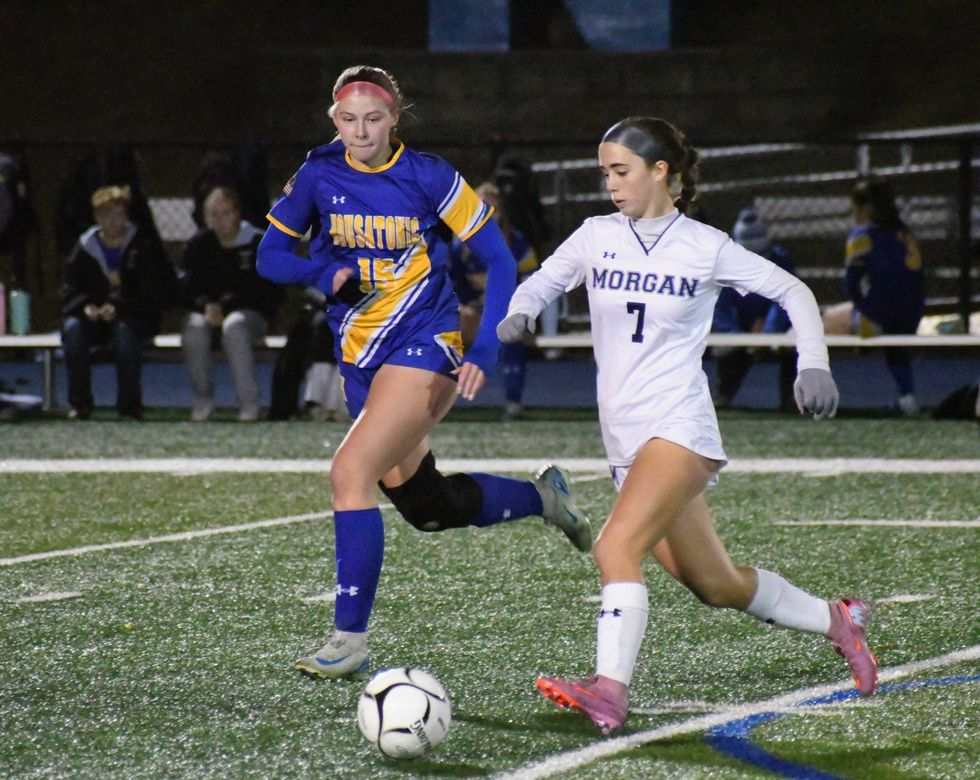
It was the final soccer game for HVRHS’s two senior captains: Ava Segalla and Madeline Mechare. Segalla ended her varsity career as the leading goal scorer in school history with a total of 133.
Morgan's size and speed on the field helped the Huskies dominate possession and earned them a bid to the Class S girls soccer championship for the second year in a row. In 2024, Morgan lost in penalty kicks to Coginchaug High School.
This year, the Huskies will face Old Saybrook High School in the Class S championship game at Trinity Health Stadium in Hartford on Saturday, Nov. 15 at 10 a.m. Old Saybrook defeated Canton High School 1-0 in the semis.